ZIYARAAT – PLACES TO VISIT
Ziyaraat Makkah & Madina
Masjid-e-Nabvi
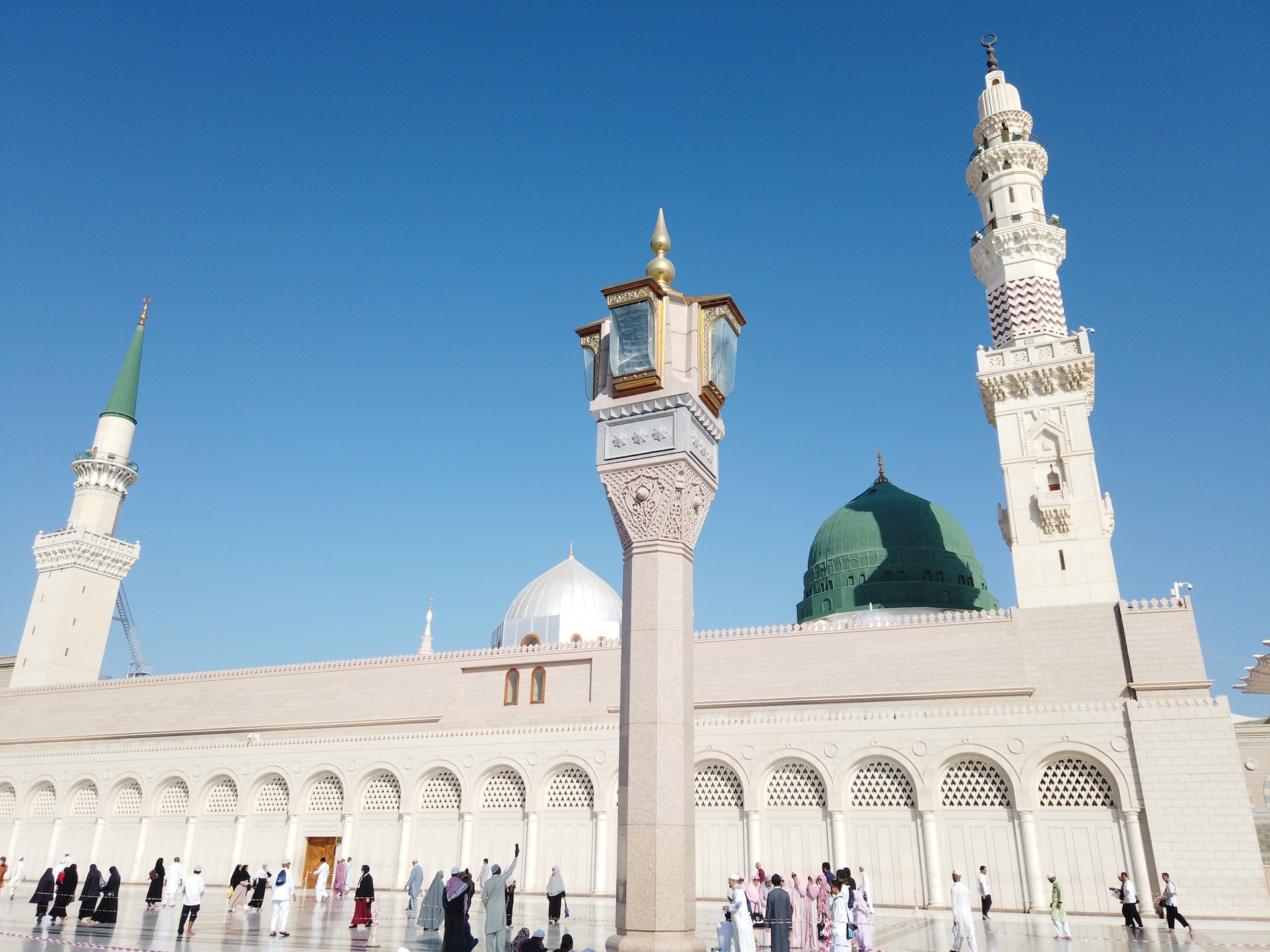
Horizon view of the Prophet’s Mosque, with the Green Dome far in the background. It is the second-holiest site in Islam, after the Great Mosque in Mecca. It is always open, regardless of date or time. The site was originally adjacent to Muhammad’s house; the original mosque was an open-air building and served as a community center, a court, and a school as well.
The mosque is under the control of the Custodian of the Two Holy Mosques. The mosque is located in what was traditionally the center of Medina, with many hotels and old markets nearby. It is a major pilgrimage site. Many pilgrims who perform the Hajj go on to Medina to visit the mosque, due to its connection to Muhammad. The mosque has been extended over the years, the latest being in the mid 1990s. One of the most notable features of the site is the green dome over the centre of the mosque, where the tomb of Prophet Muhammad and early Islamic leaders Abu Bakr and Umar are located
Cave of Hira
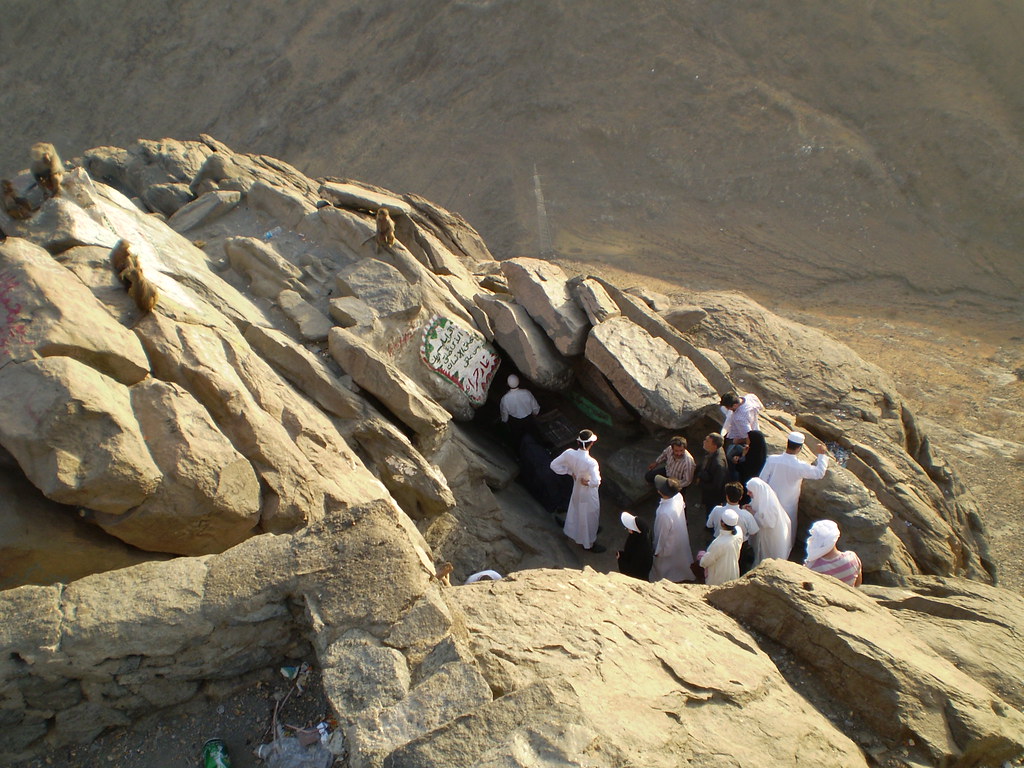
Located about 2 miles from Makkah, Cave of Hira stands on top of Jabal al-Nour Mountain. This site is famous for being the place where the Prophet Mohammad was blessed with his first revelation from Allah and where the Quran was first revealed to him. The Prophet used to visit this cave whenever he was in search of solitude and spent quite a time in meditation and deep thinking.
Cave of Thawr
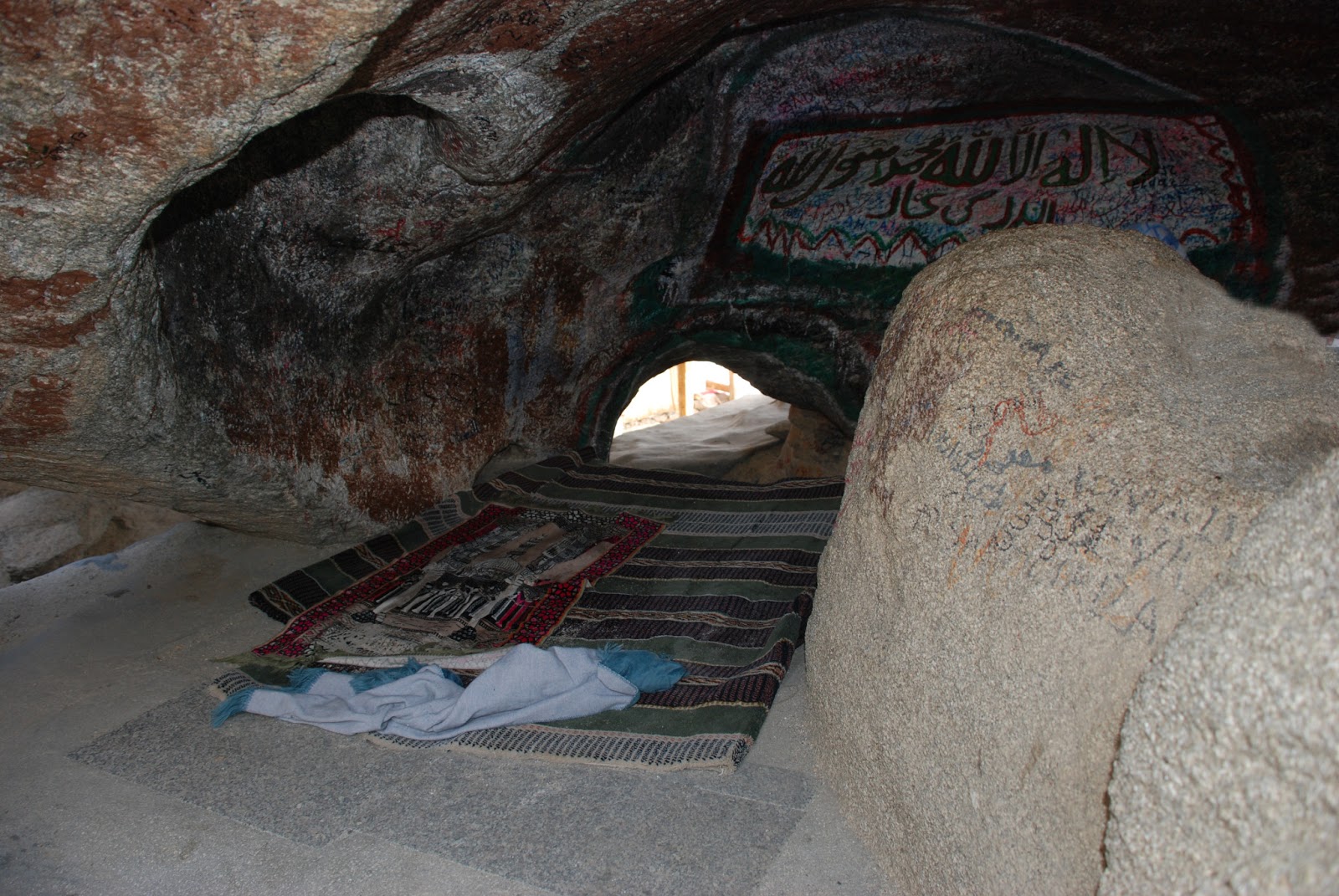
This is the cave where Prophet Muhammad, along with his companions, took refuge after being targeted and chased by the tribe of Quraysh. This site holds a special place in the hearts of Muslims all around the world.
Jabal-Ar-Rahmah
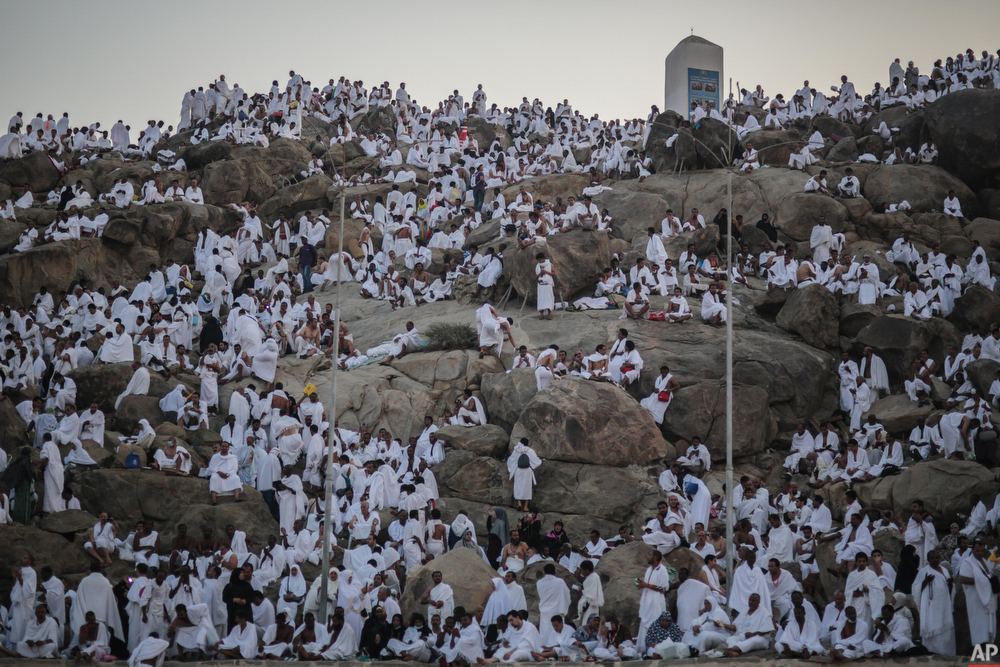
This site is hard to overlook when you’re organizing your ziyarat trip to the city. It is also known as Mount Arafat or the Mount of Mercy and is the place where the Prophet delivered his last sermon after completing Hajj. An annual Hajj gathering takes place just below this rocky height. Standing here is an essential part of the Hajj pilgrimage, and it is considered invalid if a pilgrim fails to reach here.
Masjid Quba
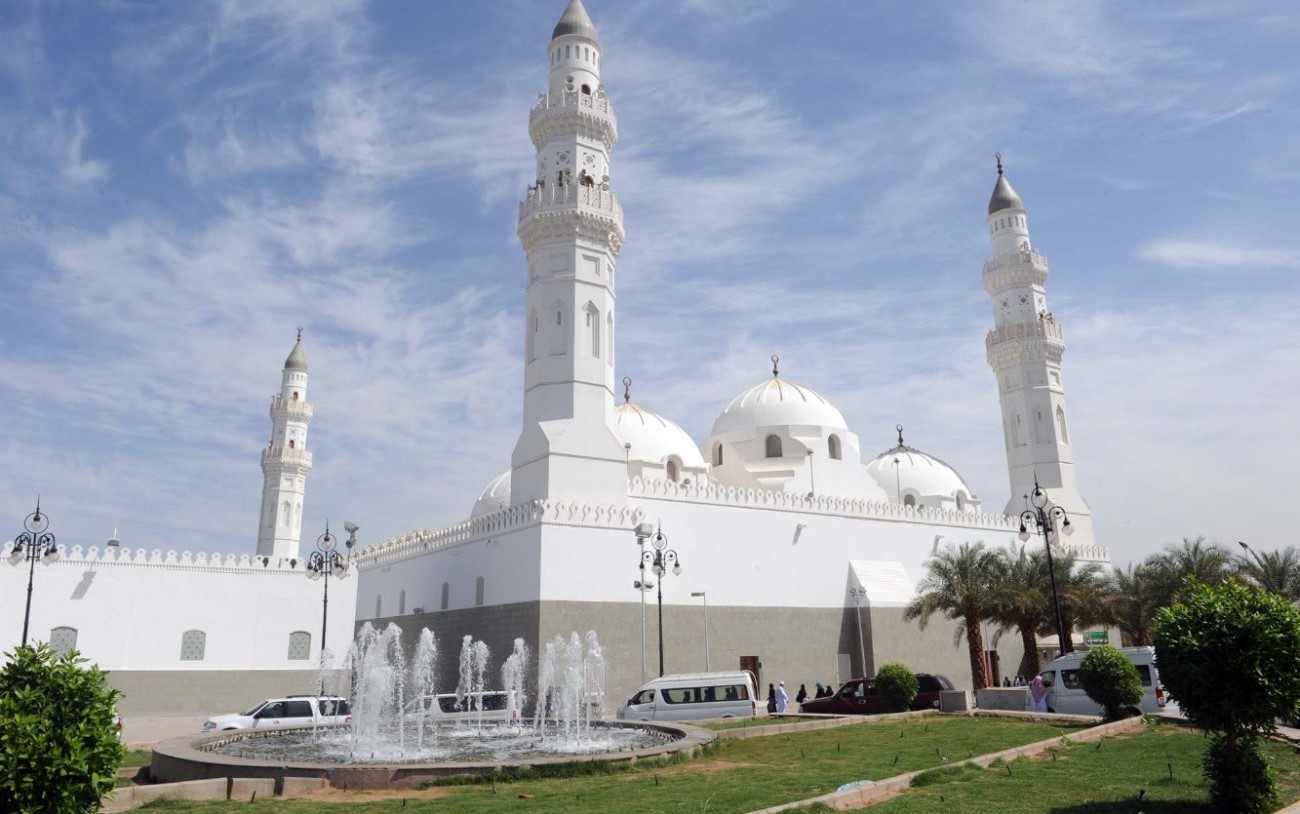
The history of Masjid Quba, located in Madinah, makes it one of the most popular mosques among Muslims. It is an important site for tourists who come to the city and also for Hajj and Umrah pilgrims. Its history makes it an important spiritual attraction. The mosque was built in the outskirts of Madinah, around 6 kilometers far from the village of Quba. It dates back to the 7th century and is believed to be one of oldest mosques in the history of Islam. It is said that the first stones were laid out by Prophet Muhammad (PBUH) when he came back from Makkah.
The Quba Mosque is located on the outskirts of Madinah, a major holy city in Saudi Arabia. Many centuries ago, when the mosque was built, it was about 6 km away from the main city of Madinah. It was located in a village named Quba and hence the name. Many years later, when the perimeter of Madinah was expanded to include the Quba village, it became a part of the holy city. Religiously, it is an important location because the Prophet (PBUH) stayed here when he came from Makkah. The mosque was then established at the same place by the Prophet himself.
Mount Uhud
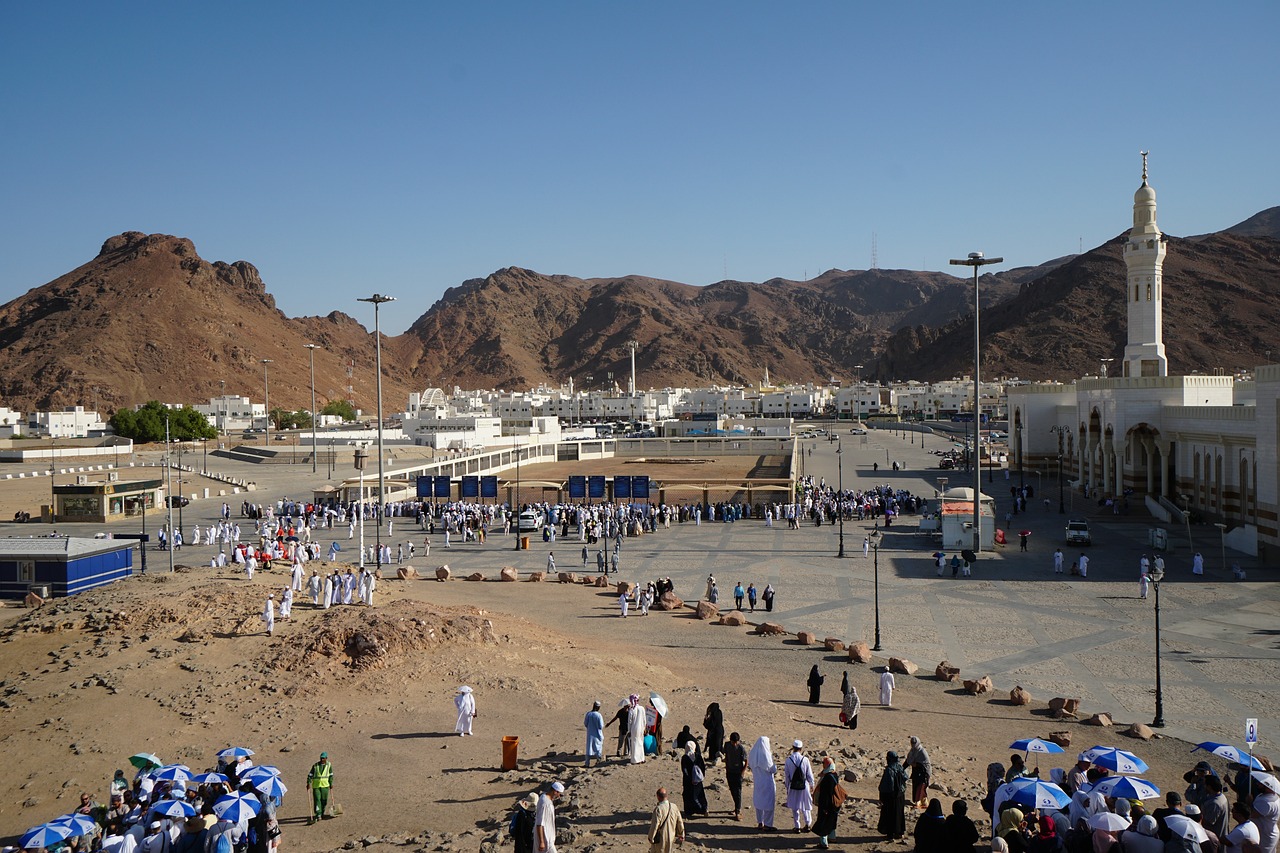
Located in the north of Madinah, Saudi Arabia, Mount Uhud is 7.5 kilometres wide and 3,533 ft. (1,077 metres) high. Mount Uhud is the place where the second most important battle between the non-believers of Makkah and the Muslims (Muhajireen and Ansar) of Madinah took place. It was fought on 19th March, 625 CE (3 AH). The initial victory of the battle turned to defeat for the Muslims when some fighters left their positions after mistakenly believing that the battle was over. Read on to learn more about Mount Uhud and the significance of this mountain in Islam.
Previously known as Anqad, Mount Uhud overlooks the city of Madinah, Saudi Arabia. Known as one of the largest mountains, Mount Uhud boasts great prophesies of Prophet Muhammad (PBUH), who climbed on the mount along with his beloved companions. The mountain witnessed the great Battle of Uhud that took place during the 3 AH (19th March, 625 CE) between the Quraysh of Makkah and the Muslims (Muhajireen and Ansar) of Medina.
Mount Uhud contains graves of 70 beloved companions who were martyred during the Battle of Uhud, including Musab bin Omair and Hamza bin Abdul Muttalib. The southern ranges of Mount Uhud witnessed the heroism, sacrifice, and steadfastness of the beloved Muslim companions—a significant landmark in Islamic history.
Mount Arafat
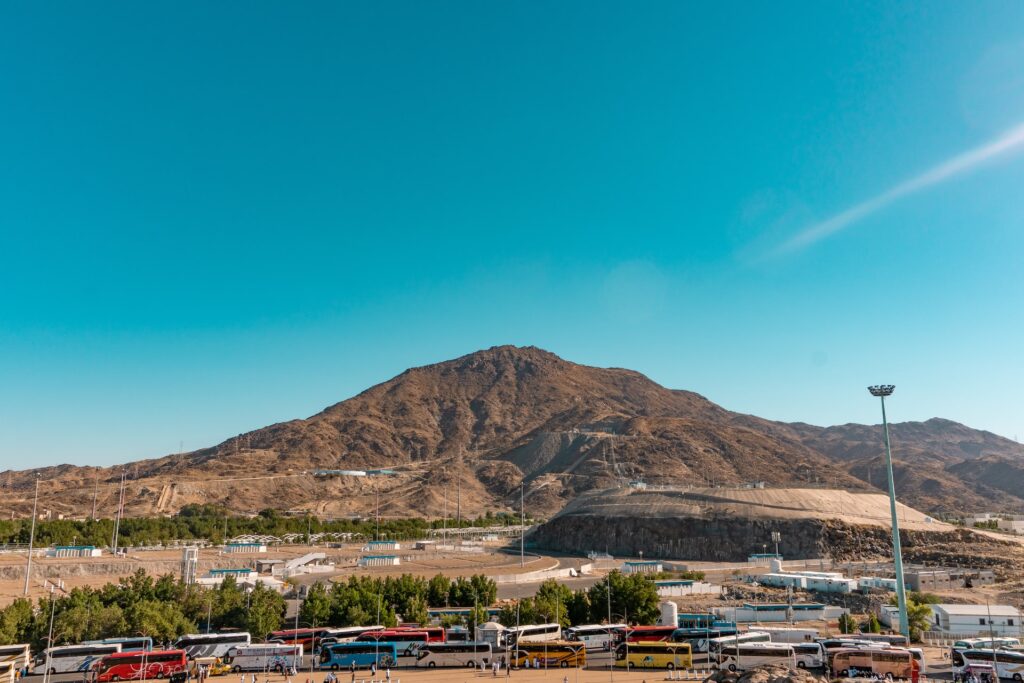
Mount Arafat is a hill located approximately 20 kilometers southeast of Mecca in Saudi Arabia. It is also known as Jabal Arafat or Jabalar-Rahmah in the Arabic language which means the ‘mountain of mercy’.
Beer-e-Ghars

It is reported by the Blessed Companion of The Prophet (PBUH), Ali ibn Abu Talib (RA) that the Prophet (PBUH) said: “When I die, wash me with seven water-skins from al-Ghars Well. He also used to drink from this well.” [Ibn Majah].